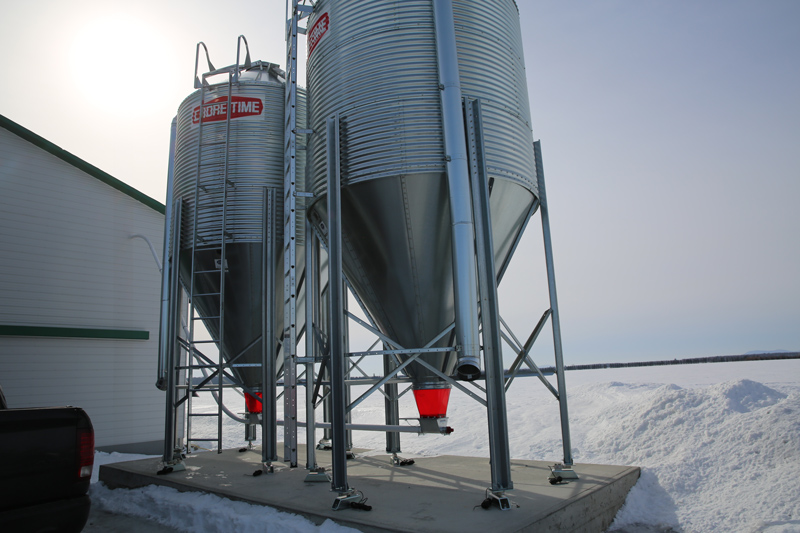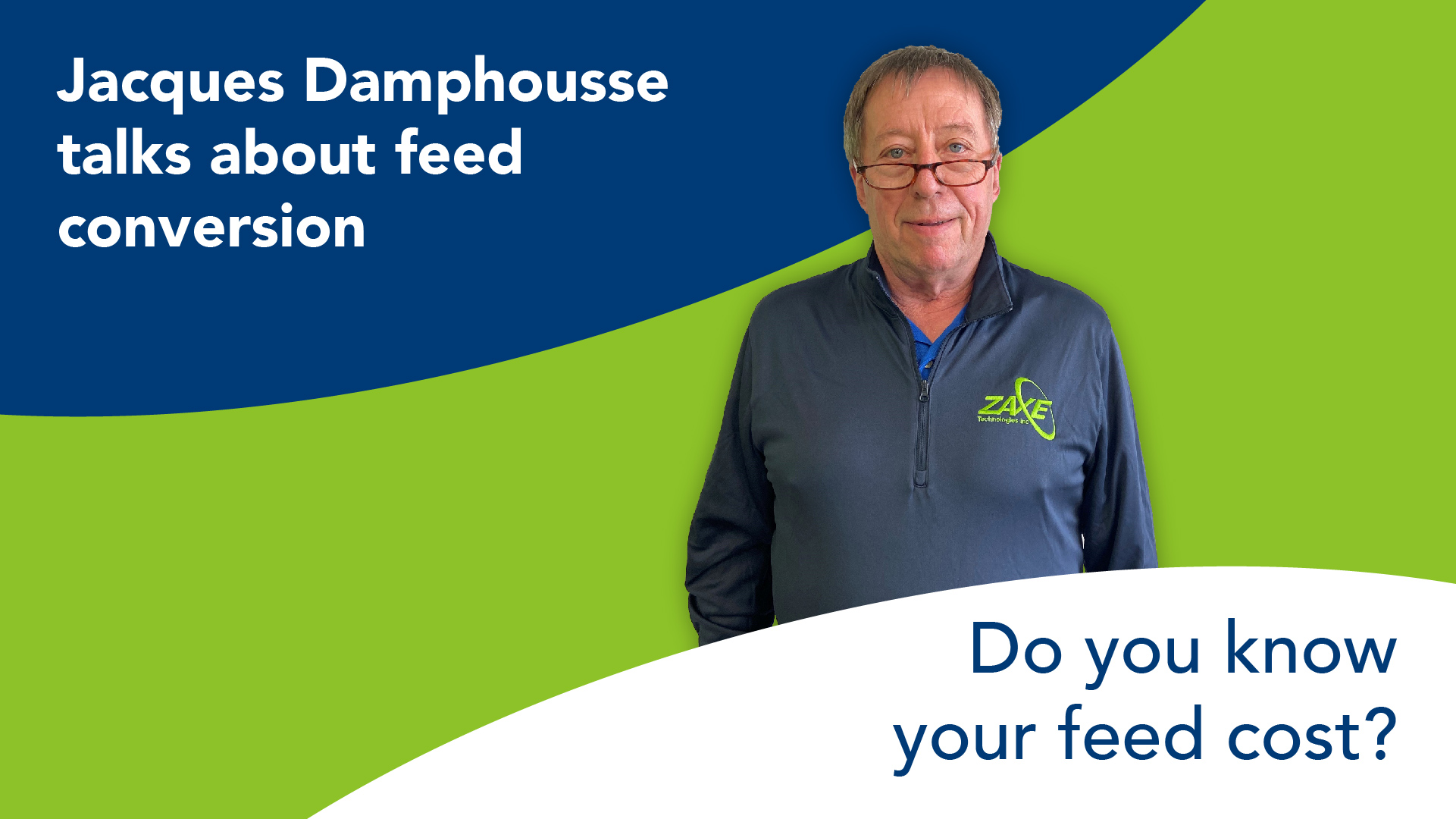We cannot repeat it enough; the cost of feed is the most important cost of your production. Whether you have a swine, poultry or dairy production farm, feed is a budget in itself. It is therefore essential to find ways to save on these costs, in order to invest these savings in your production, such as the purchase of equipment and the hiring of experienced workers. This is why feed conversion is a great way to achieve this!
But what is feed conversion? It is the ratio between the weight of the feed distributed and the production gain obtained. In other words, it’s the amount of feed required per bird to produce 1 kg of weight. And, the lower the feed conversion rate, the more efficiently the birds convert ingested feed into weight gain. Therefore, improving the feed conversion rate strongly influences the overall productivity of a farm.
In the field, it is not uncommon to see a difference of $0.15 and more per head, with feed from the same feed supplier. Here, we are talking about the individual feed cost of a 2.30 kg bird. This may seem like a small amount on its own, but when multiplied by the number of birds per flock and then by the number of flocks per year, that amount can quickly become exorbitant. For example, for a flock of 20,000 birds, we’re talking about $3,000 more for this flock alone. This is why monitoring your birds’ weight on a daily basis as well as the consumption of feed is an effective and proven way to save on feed costs.

To do this, several tools are available to producers. Here are 4 essential tools for the most effective feed conversion:
- A weight chart, provided by your feed supplier;
- A feeding program, also provided by your feed supplier;
- A bird scale, to weigh your birds continuously;
- A bin scale, to weigh your bins and know the quantity of feed remaining.
The weight chart and the feeding program are two tools that allow you to check your performance according to the objectives of your feed supplier. It is therefore difficult to make an adequate assessment if you do not have these documents in hand. It is also necessary to know the feed consumption and the weight of your birds as precisely as possible. This is made possible with a bird scale and bin scales, which are essential equipment for your production.
Want to know more about this concept and how to apply it in your farm? Want to know how to efficiently calculate your feed conversion? Set your alarm for the same time next week to read our second article!

Jacques Damphousse is a well-known poultr Agricultural technologist from Quebec, Canada, with many years of experience in the field. Among other things, he worked as a production manager in a broiler farm for 25 years, the 8 years as general manager of a poultry mill. With all this experience under his belt, Jacques has been able to develop his knowledge as well as methods to optimize production results, including with feed conversion which he teaches his clientele of producers.
